A consistent grading strategy for your crop creates a standard your customers can trust. It gives your buyers an idea of what they can expect from you, the first time and every time. A customer that knows what they're buying with certainty will feel confident about doing business with you, in turn, maintaining and nurturing your sales pipeline, as well as creating lasting partnerships.
With a consistent grading rubric, you not only gain credibility, but you also increase your chances of pre-orders. When your buyer sustains confidence in your product's outcome, it's not uncommon to sell your product before it's even finished curing. You lower your overhead costs associated with sales calls, maintaining a proper finished-product storage environment, and, possibly, unnecessary product processing. In the cannabis cultivation game, pre-orders should be your goal, guaranteeing a quick sale of your product.
On the other end of the industry spectrum, retailers also like to see consistency when purchasing from brands. If the price per jar isn't different, the quality shouldn't be either. Retailers buy branded products, so even if your farm doesn't have a brand identity, your flower will eventually end up in a branded jar, extract, pre-roll, or edible. Brands know the importance of selling consistent products, so when they can count on a cultivator to deliver that, they reduce their chances of remediation, additional processing, or resale of product that's not up to their standards. These brands want to continue their relationships with reliable farms so they can maintain a supply of products that meet their consumers' demands. With a standardized grading system, you offer the opportunity of a long-term relationship with these companies, something that benefits you both tremendously.
So what is the right grading scale? How should you go about grading your crop?
For dried and cured flower, a good unit of measure is a half-inch (the size of a dime). Anything smaller in diameter would sort into the "smalls" category. Any flower with a diameter between a half-inch and two inches would go into the "A" category, as anything larger is susceptible to mold/decay. "Smalls" sell for less and are typically used for pre-rolls, extracts, and edibles. "A's" are bought at a higher price point and are usually put into jarred cannabis.
“Smalls” < ½ inch in diameter
½ inch in diameter < “A bud” flower < 2 inches in diameter
This measurement is standard for Giving Tree Farms and well-respected among our buyers. Our preferred sorting method involves using stacked ¼ inch and ½ inch sifting screens positioned atop of a five-gallon bucket. We sift each unit through the screens, separating the "A buds" from the "smalls" from the “trim.” The "trim" fall through the measured holes and into the bucket, while the "smalls" stay in the middle screen. During this process, we do a thorough quality control check to ensure our product is top-notch, looking into the color, manicure quality, bud structure, discoloration and trichome development. You must have great light for this; otherwise, discrepancies could occur. Therefore, choose a well-lit room or add more lights to your current sorting area.
Another part of our grading system requires a lab-produced R&D Certificate of Analysis. The results enable us to complete our grading rubric by looking at the terpene and cannabinoid profile - a higher percentage equals a higher score. We additionally consider the aroma and cure while grading. This is arguably one of the most critical factors for a buyer. While some scents are considered more desirable than others, we've found that the more unique the smell is, the more accepted it is. Anything that smells hay-like or musty would score very low, and anything vibrant and amusing would score high.
Once all is sorted and graded, you will need to pack your units for bulk sale. Every buyer is different, and opinions/procedures in the cannabis industry change frequently. While last year contractor bags were buyer's worst enemies, this year, we've seen them gain in popularity. Some distributors want their pound bags in totes, and others hope to see them in sealed boxes. We like to ask our buyers how they prefer to see the bulk product packaged for transport so we know what is easiest for them and what follows their internal operating procedures. This prevents us from having to unpack and repack bulk products last minute to fulfill a buyer's preference.
In conclusion, having a standardized grading system to share with your buyers will make sales a breeze. They know what to expect, and you can feel confident they will hold up their end of the deal. Some farmers prefer to grade on more than two levels, having "A," "B," and "small" product choices. If you want to dial in and find the measurement "sweet spot" for your current range of buyers, ask them what they typically see and what they expect. They may be stricter or more lenient, depending on their pipeline of buyers. While we all want as many "A buds” as possible, maintaining ethical practices and being true to your word is an absolute must.
Check out our Grading Survey for a detailed look at how we grade flowers. If you are interested in learning more about Giving Tree Farms' products, please fill out a Wholesale Account form, and we will contact you very soon. While you’re here, let us know in the comments what grading specifics you consider the most important, how you like to have your bulk product packaged for transport, and quality assurance measures you hope to see in place.

